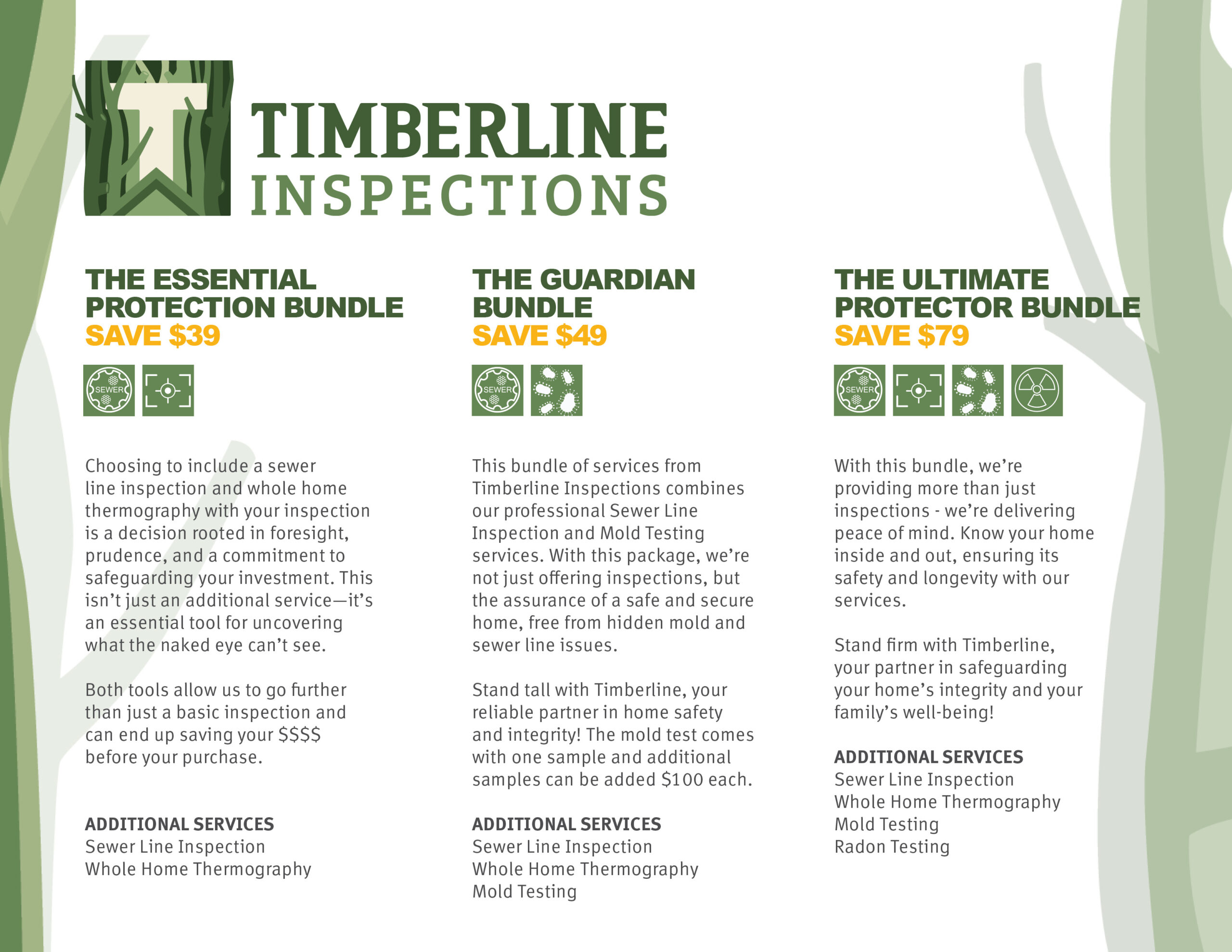What is it?
Ventless gas fireplaces are self explanatory but for our yankee friends up North, who have no idea what Im talking about let me explain. In the South ventless fireplaces are far more common, this is because our winters are so much more mild in comparison that our fireplaces tend to be mostly aesthetic.
The further North you go the more people tend to fully rely on there fireplaces, growing up in Idaho we used wood to heat, and our fireplace was far from aesthetic. In Birmingham when performing home inspections we rarely come across a functional wood burning stove, and only slightly more common, is a well maintained wood burning fireplace.
The predominant component we see, and the one taking the market by storm with new construction homes is ventless gas fireplaces. They are significantly cheaper to install, since running a flue pipe can get expensive in a hurry, cheaper to purchase in general, and are fairly easy and carefree to operate.
Are they safe?
The question we often get is “is this safe to operate? what about Carbon Monoxide?” First I will say that I wouldn’t operate one in my house without a Carbon Monoxide detector nearby. Second, I would make sure and have an annual inspection performed by Timberline Inspections (If you need an inspection in Birmingham) because we will check the gas lines and ensure there’s nothing leaking. Third, what I’m about to explain is not from a physics background and incorporates a B- understanding of thermodynamics.
Ventless fireplaces combust in a process called “complete combustion,” during which essentially the harmful elements are not present. In this process the oxygen in combination with your natural gas combine to create two virtually harmless byproducts, H2O and CO2. Carbon Monoxide is present in only trace amounts and is generally not a concern.
These units are virtually safe to run provided there’s no issue with the combustion process; the combustion process can become incomplete when the available oxygen is depleted, the gas supply is interrupted, or the unit is just old and not functioning at top condition from age.
Oxygen can get depleted from a number of causes, multiple stoves running in unison, candles or oil lamps being burned in a power outages, a wood stove running in another area of the house, even a tightly sealed home can allow the unit to theoretically burn oxygen faster than it can replace it. This lack of oxygen can, unknowingly, change the combustion process causing carbon monoxide levels to soar. Even more scary, deadly levels of carbon monoxide can accumulate and not be enough to trigger your detector. When was the last time you checked your batteries? Is yours hardwired in?
Modern fireplaces are built with oxygen depletion sensors, that help to prevent potential issues. In theory, these should shutdown the fireplace when the oxygen levels get low, causing “incomplete combustion.” Unfortunately there’s not really a good way to test these and ensure they are functioning, and depending on the manufacturer date of your unit, it may not even have it.
University of Illinois commissioned a study that found 20% of homes observed, had levels of carbon monoxide greater than what is approved by the EPA and WHO.
Water vapor being the other byproduct is also a danger and one that is overlooked. Growing up in the dry areas between Alaska and Idaho a little extra moisture in the air hardly ever hurts. In fact dad used to leave an old cast iron pot on top of the wood stove just to add a little moisture in the air.
Down South we have the opposite experience, our moisture content is already high and increasing it here is never a good thing. We love our air conditioning so much more in the south because it removes the moisture from the air. Northern people don’t often know what the condensate line does on their HVAC system, in the South we have to have drainage setup for it.
Increasing water vapor inside the house in winter causes condensation on cold surfaces, windows are particularly susceptible and we will often see moisture running down them and hitting the sills in winter. We don’t usually notice until the sill is rotten and we are replacing windows and framing. But that’s not the worst part. a significant amount of that moisture is condensing behind your wall and not being allowed to dry. This causes mold and mildew, which can lead to pungent smells and health hazards. It’s reasons like this why we recommend mold testing regardless of whether we see indicators of mold.
This is one of the reasons that most manufacturers give a recommended run time of 2 hours or less. Also to avoid the buildup of carbon monoxide.
To Vent Or Not To Vent?
Should you go ventless really depends on you. Me personally, Ive never understood the point of aesthetically pleasing fireplaces and would rather have something functional for wintertime heat. However, if I was going to install a gas fireplace I would almost certainly get a ventless system. The reason being they are cheaper, safe when installed and used correctly, and less to maintain and worry about. Birds and pests nest in flue pipes, why have it if you don’t need it?
Your take aways to operating your fireplace safely and keeping your family from being one of the horror stories we hear on the news is to, first purchase and PROPERLY install CO detectors. Second, units are cheap replace them when they are outdated and make sure they have plenty of combustion air. Third, if you’re in Birmingham call us to get an annual home inspection, or call your local provider. annual inspections are cheap quick and painless and a good inspector can make sure you’re operating in a safe manner.

